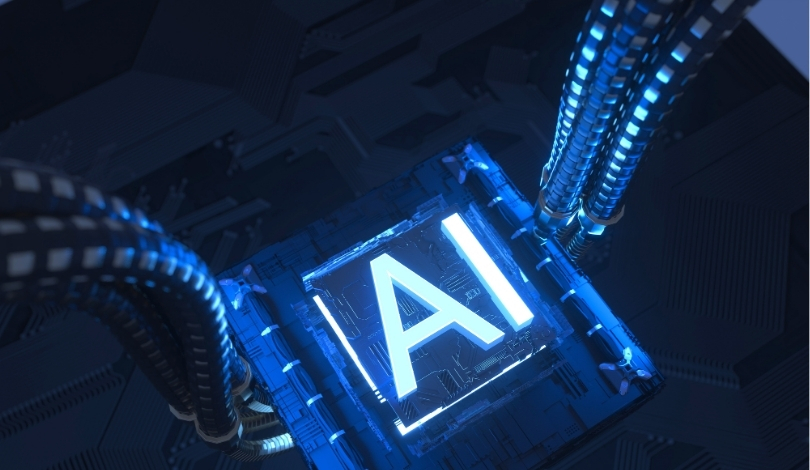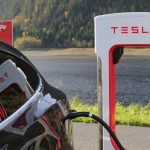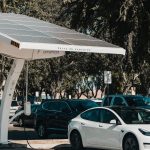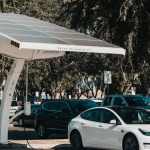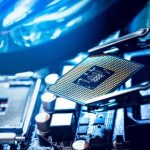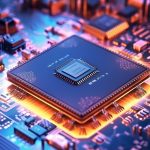The US Department of Commerce has halted the planned AI Diffusion Rule, initially set for implementation on May 15th, due to concerns over its potential impact on American innovation and international relations. This decision follows apprehensions that the rule would impose cumbersome regulations on tech companies and unintentionally downgrade diplomatic relations by categorizing various countries into tiers. Coupled with this reversal, the US government has introduced new controls to rigorously regulate semiconductor exports, further highlighting its intent to safeguard national security and maintain technological leadership.
In previous discussions around AI policies, the US has consistently grappled with managing its dominance in technology while balancing international partnerships. The AI Diffusion Rule was a more stringent approach compared to past regulations, aiming to classify countries into tiers with differing access levels to AI technology. Concerns were raised by industry giants and foreign nations alike, echoing earlier apprehensions about how regulatory measures might stifle innovation or harm global collaborations. The swift decision to retract the rule is consistent with a pattern of evaluating the balance between national security and maintaining healthy tech industry growth.
Why Scrap the AI Diffusion Rule?
The decision to withdraw the AI Diffusion Rule was attributed to broad opposition from tech companies, who feared it could hinder innovation and competitive edge. Concerns included the potential for increased bureaucracy and impediments to business operations, as well as doubts about the rule’s practical effectiveness in restricting adversarial access to advanced AI technology. Additionally, labeling certain countries as “second-tier” created diplomatic friction, which the government wanted to avoid.
What Are the New Export Regulations?
The Department of Commerce and the Bureau of Industry and Security are pushing forward with tighter controls on semiconductor exports. These measures include prohibiting the use of Huawei Ascend chips globally under US export laws and issuing warnings against employing American AI chips in developing Chinese AI models. By shoring up supply chains, the US aims to prevent unauthorized access to its advanced technologies.
Future Implications for US Tech Policy?
The decision to retract the AI Diffusion Rule, while simultaneously imposing stricter export controls, shows a complex strategy to maintain US prominence in AI. The current playbook calls for fostering local innovation and protecting critical technology whilst potentially crafting a new rule. However, ensuring that technology sharing aligns with national interests remains a high priority moving forward.
Overall, the implications of retracting the AI Diffusion Rule and introducing fresh export restrictions reflect an ongoing recalibration of US technology policy. Navigating the dual objectives of maintaining technological dominance and nurturing international relations appears to be a delicate balancing act. Historically, such decisions have hinged on how effectively they can safeguard national interests without stifling innovation or straining foreign relationships. Evaluating how these policies unfold will be key in assessing their long-term impact on America’s technological standing.

